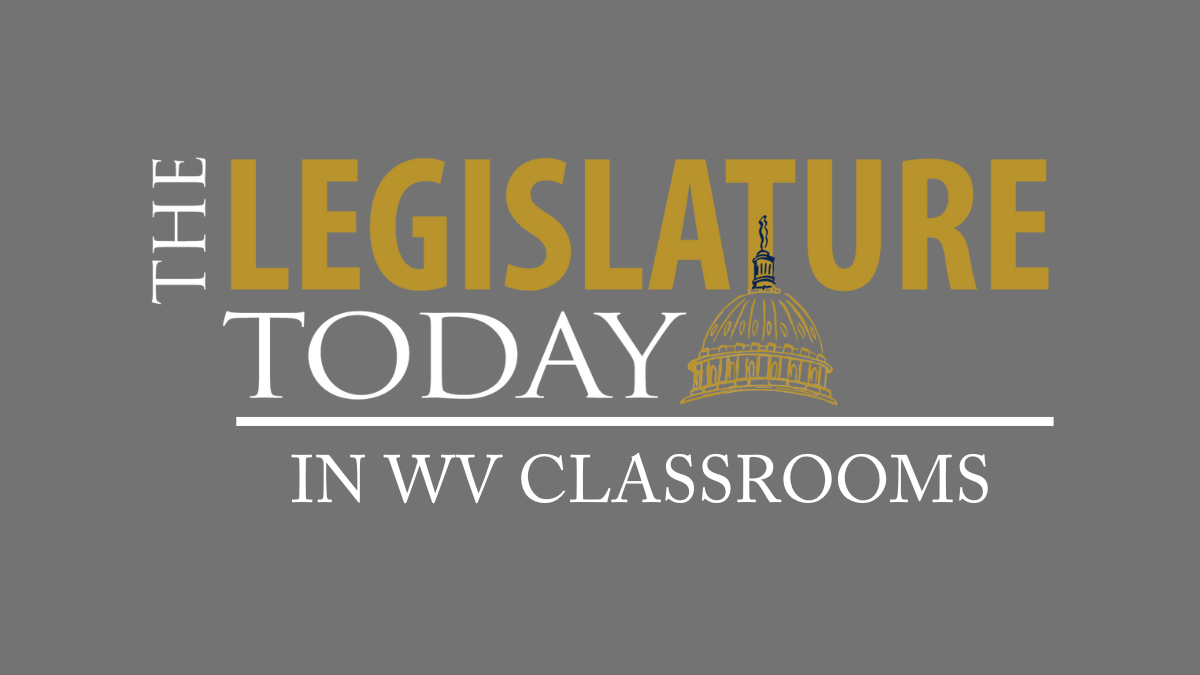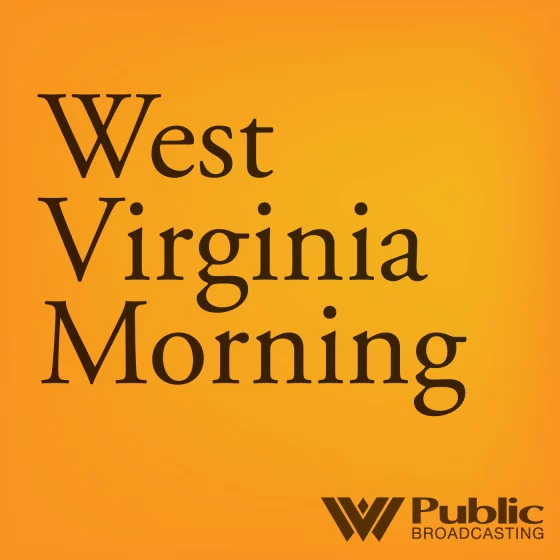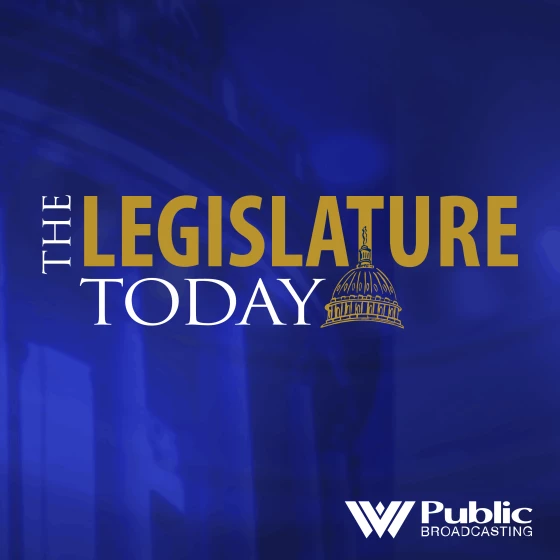Nearly every day since the West Virginia legislative session began, each of the chamber’s finance committees has been hosting hearings from different agencies, organizations, and branches of government. Wednesday the House Finance committee held a hearing on the Public Employees Insurance Agency.
The agency’s five-year plan asks for about a $100-million bump in funding from the legislature.
It also raises premiums, co-pays, and deductibles. Users can expect premiums to rise by 14% to 16%, deductibles to rise around 40%, and co-pays by as much as 150%.
Jason Haught, Chief Financial Officer, presented the plan to delegates.
“We will be increasing premiums at an estimated 29.9 million for the non-state fund,” Haught said.
“The next row is deductible and out-of-pocket. So we made some benefit changes this year to the plan substantially, the value estimated for the state fund deductible and out-of-pocket,” Haught said.
Spousal surcharges, for those who have access to health insurance through their workplace, are also going up – which, according to Haught, will mean less users.
“This was a big move. This was a big impact on the plan, and it’s about to get bigger, because after analysis of the first year we did increase the spousal surcharge substantially. It’s going to be going up to 250 dollars,” Haught said.
He said this increase will help the state save on the program through increased revenues from the increased spousal charge and the assumed cost reduction of those who leave the plan.
Haught told legislators the major cost driving down the bottom line across the healthcare industry as a whole is pharmaceuticals.
“When I first started with the plan, drugs made up about 10 % of our overall plans, possibly 15%,” Haught said.
Now Haught said pharmaceuticals account for 25 to 30 percent of the budget, around a ten percent increase, which Haught said equals hundreds of millions of dollars.
“Healthcare trend the last few years has been startling in all sectors, retiree and active. So you know 10% of 1 billion is 100 million dollars. So that kind of puts into perspective, when you talk about a percent,like talk about 5% talk about 10%, we’re not talking about a $500,000 line item. We’re talking about a $1 billion line item,” Haught said.
Del. Mathew Rohrbach, a Republican from Cabell County, is also a practicing doctor. He said the key to relieving the financial obligations of the state to PEIA, and the cost to users, is to get pharmaceuticals costs down.
“The biggest driver of our cost is increased pharmaceutical cost, and anything we can do in that regard through better discounting, better utilization, better pharmacy benefit manager arrangements, that’s really where we’re focused,” Rohrbach said.
But he said the state can only do so much on this, and it’s going to take an act of Congress to achieve.
“Most of the relief that’s going to be had on pharmaceutical costs is going to be from the federal level, and that does appear to be one of the few things there’s actually very bipartisan support in Congress, is I think the whole country is tired of these just massive increases in pharmaceutical costs,” Rohrback said.
Correction: The Article was changed from Spousal surcharges, for those who don’t have access, to spousal surcharges that DO have access.























